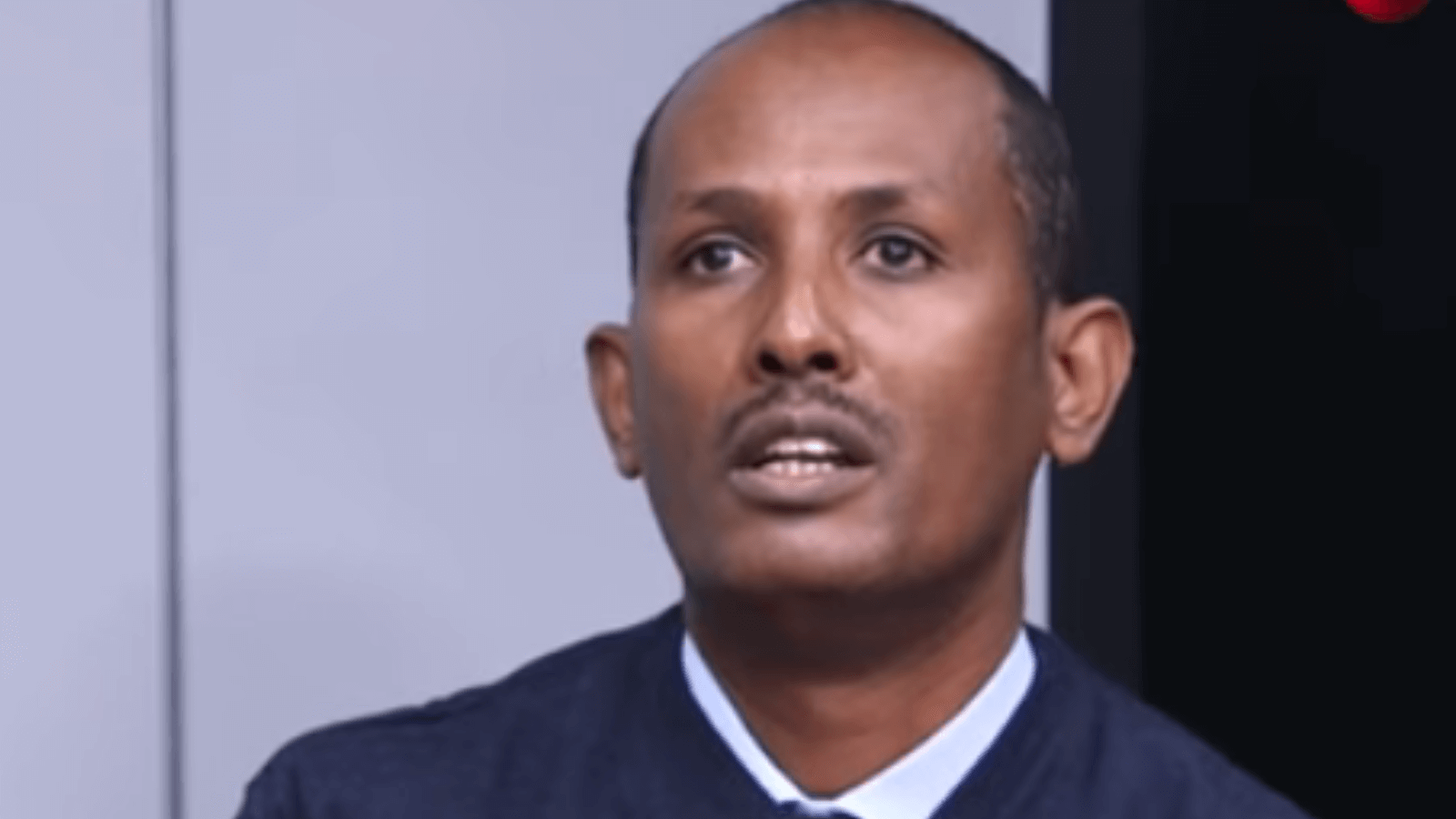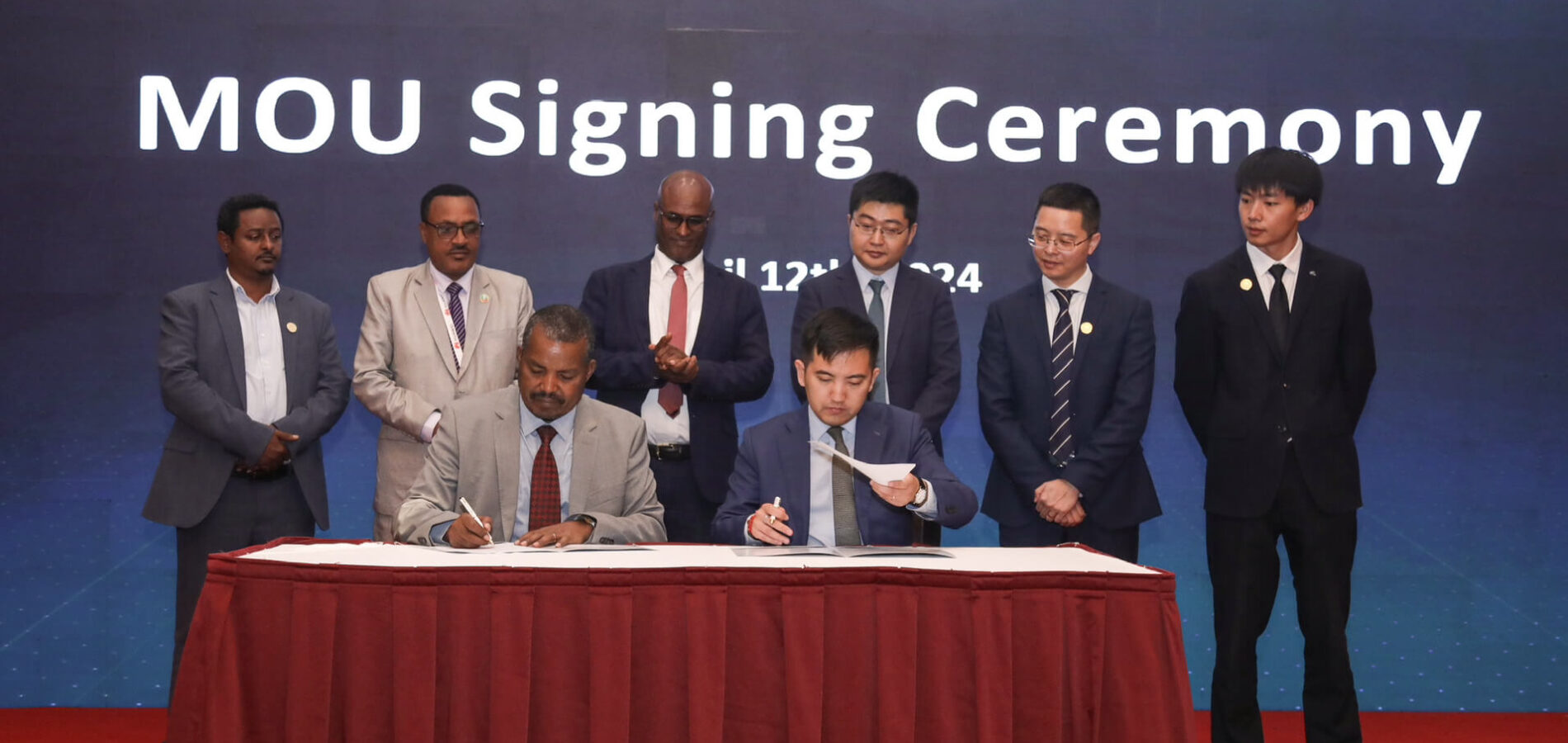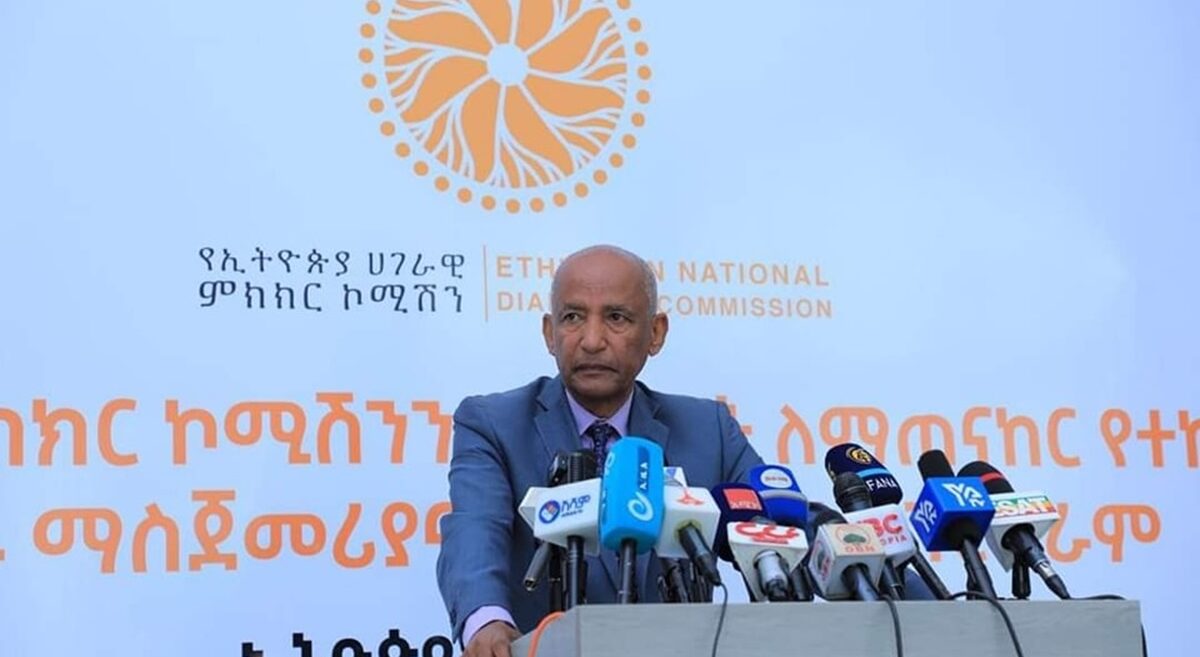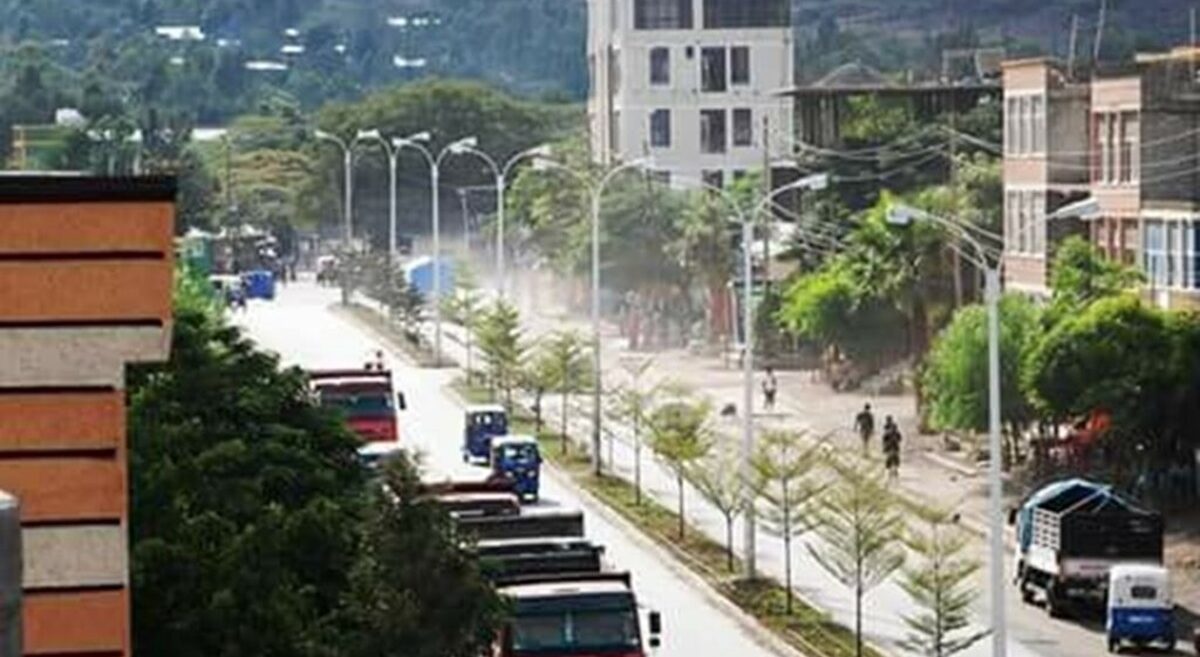Analysis: Civilians continue to suffer from repeated violence in Metekel. What we know so far
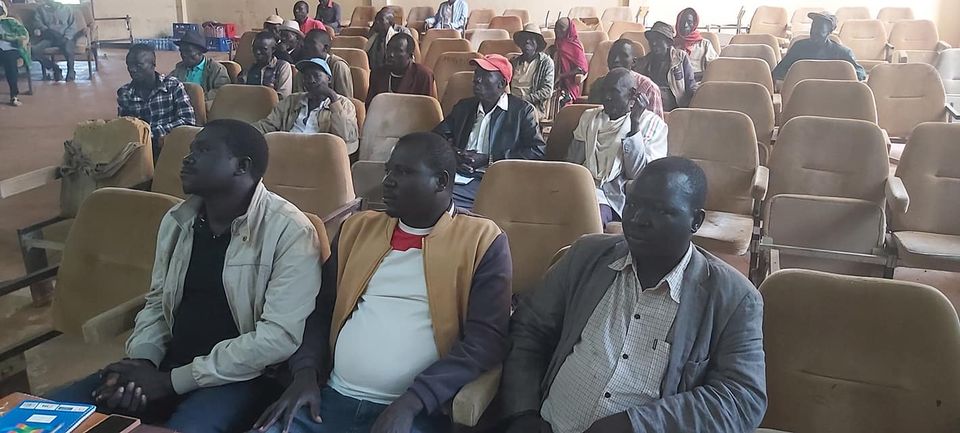
By Siyanne Mekonnen @Siyaanne
Addis Abeba, October 26/2020 – News of sustained attacks targeting civilians has been coming out of Benishangul Gumuz regional state, Metekel Zone, since the first week of September, 2020. Ethiopian social media is replete with graphic images of victims whose lives are brutally cut short including infants, young children, women and the elderly.
The violent attacks perpetrated on defenseless civilians in various localities of the Metekel zone have left dozens dead and thousands displaced. The lack of a definitive account from responsible government authorities both at federal and regional levels means the exact numbers of causalities are hard to come by, leaving the victims’ stories open to speculation by various media outlets and social media activists.
From what Addis Standard was able to gather so far, the security crisis kept escalating while there remains no clear statement about the background of the perpetrators other than the reports of arrests including a police officers and local authorities, and some measures taken on the “unidentified armed militia”, the group authorities kept referring to as the perpetrators.
Amidst fear, communities are trying to put their lives together
Alemayehu, whose home town is Bulan Wereda, is one of the eye witnesses who spoke to Addis Standard by phone. He said he was told that the same attacks happened back in 1993 but was resolved through reconciliation facilitated by local elders. “The people have been living in harmony ever since then. We do not understand why these things are happening now.,” Alemayehu, who only wanted to use his first name, said. He added that the people were fleeing their homes for fear of unanticipated attacks as a result of distorted social media reports. Alemayehu also worries about reports that these attacks were targeting members of the Amharas community only and that the indiscriminate attacks by the armed perpetrators also target members of other communities such as the Gumuz. “This community has lived with Amharas for generations, we are intermarried.” Alemayehu also condemns the rhetoric that the violence was perpetrated because the area belongs to a single ethnic group as “disheartening.”
The vast area was placed under the federal military since the end of September, and according to Alemayehu, at the moment, there is uneasy peace coupled with ongoing attempts by local authorities to rehabilitate people who were displaced.
Another resident of the area is Mihret Mekonnen of Chagni town who spoke to Addis Standard. “The people of Agew have long been residing in the area alongside the Gumuz people,” Mihret said. He believes that contrary to social media rhetoric, the assailants are not exclusively Gumuz and are more organized groups who are backed by foreign forces.
Metekel Zone Administrator at the time, Atinkut Shitu told Addis Standard that the perpetrators could be an “organized group of members of opposition parties and discharged military officers”. The then regional State’s Police deputy commissioner, Commander Nega Jarra said an interview that members of a political party whose name he did not want to mention were behind the attacks. He was unwilling to elaborate this statement when he was contacted by Addis Standard.
“The presence of extremist nationalists in the two regions, the existence of administrative gaps in the Weredas of the Zone, the rejection of Prosperity Party at the lowest level, and the lack of good governance were the factors that kept exacerbating the violence in the region.”
Elders of Gumuz community members
The narrative from the Amhara Regional State
The Amhara Mass Media Agency (AMMA) has been providing extensive reporting on the issue, often suggesting the need to protect members of the Amhara community living in Banishangul Gumuz regional state and revising the its regional constitution. In one such report AMMA published a statement from the regional government threatening to give the assailants it didn’t identify by name “the test of their own medicine”.
On the other hand activists and opposition Party members and activists in Amhara region have been campaigning describing the violence using the hashtag “Amhara genocide” and “Apartheid in Ethiopia” even though there have not been official statements both from the regional and the federal authorities on the exact background of the perpetrators and the victims. Desalegn Chanie, former chairman of the opposition NaMA, referred to the 2007 census that the Amhara and Agew communities were the largest ethnic groups in Benishangul Gumuz Region.
Early in October, four members of the Amhara Identity and Boundaries Committee formed a coalition that included Metekel Zone as “Amhara territory”. According to this committee, Metekel is one of the territories of Amhara people that was forcibly annexed into the Benishandul Gumuz region region since EPRDF’s ascension to power.
The narrative from the Benishangul Gumuz Regional State
In response to these assertive territorial claims, the Benishangul Gumuz regional state Prosperity Party bureau warned in its Facebook page that those who were propagating a false narrative need to realize that the distorted argument of “Metekel is ours” will be realized only when the federal system and the constitution, a pact that was ratified by the nations, nationalities and peoples of Ethiopia, was dismantled.
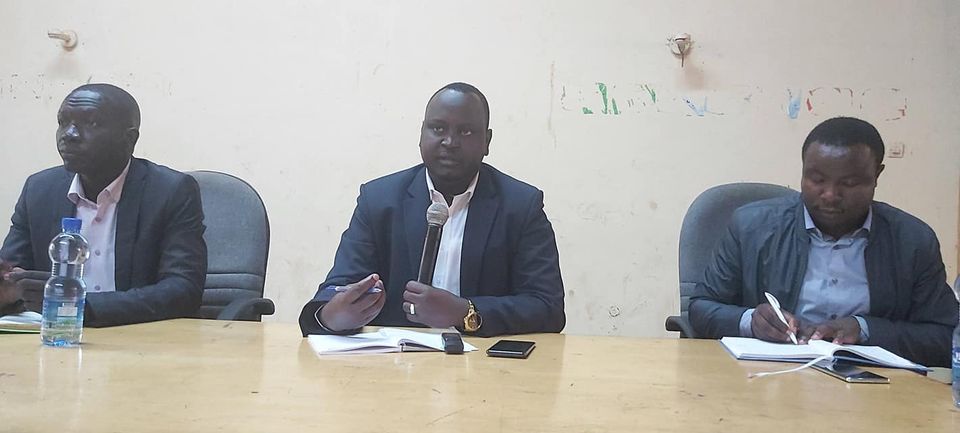
When the Benishangul Gumuz President, Ashadli Hassan, met with Gumuz Nation Elders at Gilgel Beles town, on Sunday, October 18, the elders have unequivocally stated that “the presence of extremist nationalists in the two regions, the existence of administrative gaps in the Weredas of the Zone, the rejection of Prosperity Party at the lowest level, and the lack of good governance were the factors that kept exacerbating the violence in the region.”
Deputy Head of the Regional Peace-building and Security Bureau, Musa Hamid, called on the community to understand that the attacks have been happening against innocent civilians indiscriminately. He also condemned the misinformation spread by Amhara regional state and its affiliated media.
On October 20, the Benishangul regional Police Commissioner, Abdulaziz Mohammed, told the state news ENA that 27 “bandits” were killed in the four days preceding October 20 in Guba Wereda alone. He asserted that “security forces have all seven Weredas in the zone under control”. Seven other members of the assailants and their accomplices were also captured, and 34 weapons were seized. He pointed out that the number of people who have been arrested has reached 567. “The Metekel zone is recovering from the conflict and is returning to normalcy.”
There are also social media activists who seemed to agree with the regional government and blame the attacks on armed militias sponsored by Amhara regional state. One such widely shared post on Facebook went as far as blaming both the Amhara region government and business interest groups sponsored by it who are conducting massive land grab. It also condemned the little reported portrayal of the Gumuz as “barbarians” and military attacks on suspected members of their community by the Binishangul Gumuz special forces without diligent verification of the attackers.
The Federal Government in the mix
At the recommendation of the deputy PM, Demeke Mekonen, 1,282 residents from selected communities in various Weredas of Metekel Zone were provided with three-day militia training and were armed to defend theier respective community members. According to Benishangul-Gumz Regional State Communication Affairs Bureau, 3,560 residents were selected to be armed in the first round of the training which was being given by the national defense force and the regional police.
However, the decision has attracted criticism from various angles, including those who sympathize with the government of Prime Minister Abiy Ahmed.
Adding to another dimension to the identity of the perpetrators, in his speech at 5th FDRE House of Peoples’ Representatives 6th year 1st special session, Prime Minister Abiy attributed the attacks to forces who want to attack the GERD and admired the efforts being made by Ethiopian Defense Forces to stabilize the region despite the unfavorable landscape.
Muferiat Kemal, Minister of Peace, was the lastet high level federal official to speak of the attacks. In a statement Muferiat said that it was “clear that Metekel and the surrounding areas mean a lot not only to the regional state but also the country”, and vowed “the ministry was looking into the attacks to answer the question on why this region continues to be susceptible to attacks.” Reflective the frustrations by those seeking for answers, Minister Muferiat underscored that these attacks were not happening in a vacuum and they should not be seen as insignificant episodes; the area has become a juncture for different interest groups.
Benishangul Gumuz is one of the ten regional states that that make up the constitution of the Federal Democratic Republic of Ethiopia, which follows a federal arrangement designed to grant the different nations and nationalities in Ethiopia greater self rule within the federation. The region shares borders with the Amhara, Oromia, and Gambella regional states. According to the last 2007 population census conducted in 2007, the region has a total population of 670,847 consisting of ethnic minority groups from Berta, Gumuz, Shinasha, Mao and Komo. It is also home to other diverse ethnic groups most notably the Amhara. AS


